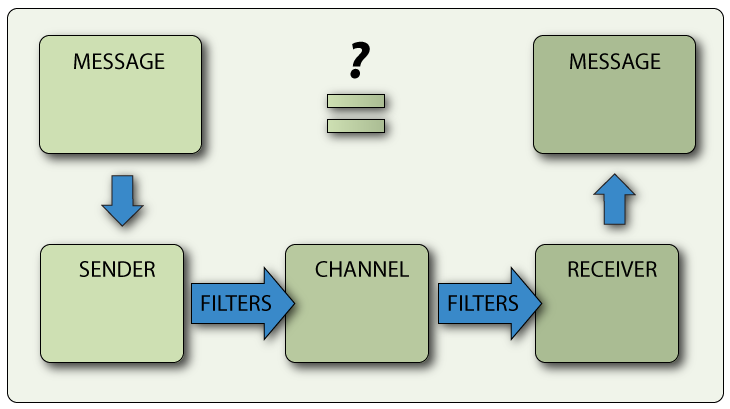People may be a whole lot nicer than given credit for, according to a new study published on the Journal of Science website last week. Study findings could well have significant implications for communication – especially traditional marketing communication – in the long run.
To reach their conclusions, researchers examined how thousands of people reading online comments reacted and responded, perhaps providing new ideas on how marketers can present their products or services positively today.

Here’s what researchers found:
If a post, perhaps on a site like Facebook, garners a “like,” more people are likely to “like” it also, “even if the reporting and writing are not all that great,” researchers said, adding that a positive comment “can set off a bandwagon of approval.”
Apparently the same is not true in reverse – in fact, rather than inspiring readers to dislike an article or post, an “unfair negative reaction” will quickly rally readers to counteract the negative view with positive ones. See? A lot of nice people out there!
Additionally, researcher Sinan Aral, professor of information technology and marketing at the Massachusetts Institute of Technology, found that “Hype can work, and feed on itself as well.”
Calling the study “provocative,” Matthew Jackson, professor of economics at Stanford noted that it raised many questions to be answered. Jackson was not involved in the research.
Conducted over a five-month period with an unnamed website to provide objectivity, users submitted links to news articles. Readers then scored and/or commented on the articles, and commented on other readers’ comments to provide the raw data. Researchers applied mathematical formulae to compile their findings.
Among the most interesting findings were that site users were initially twice as likely to comment on the article favorably. And when the researchers posted a fake positive score, the first person reading the comment was 32 percent more likely to give the article an “up vote, ” with no change in the likelihood of subsequent negative votes. Over the course of the study, those comments with the artificial “up vote” garnered scores 25% higher than those of the control group.
“…a significant change,” Aral noted, “…very small signals of social influence snowballed into behaviors….”
To receive your Business Writing Tip of the Week automatically every week, please subscribe to our newsletter. We appreciate your recommending a Gail Tycer business writing workshop for your workplace, or a shorter presentation for an upcoming professional meeting. Thank you.







